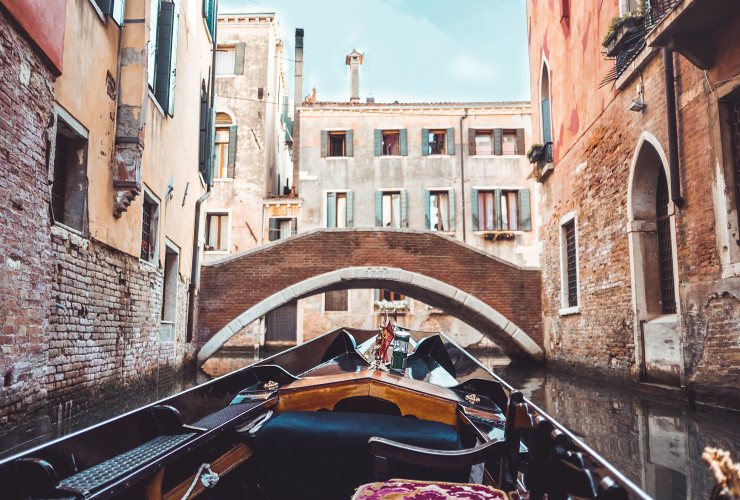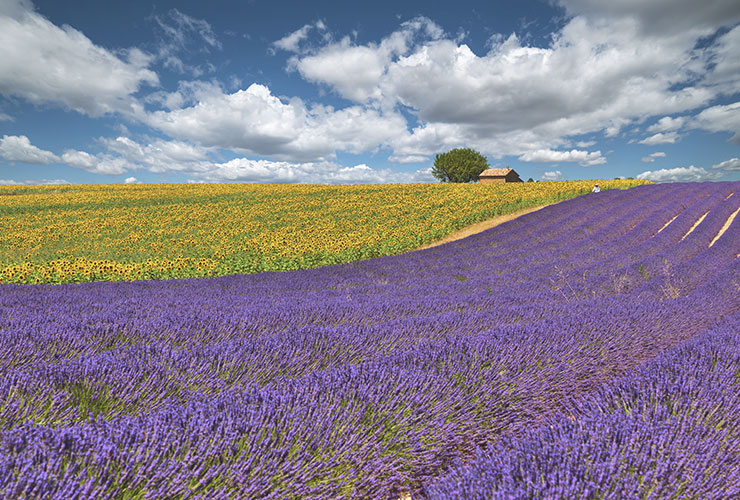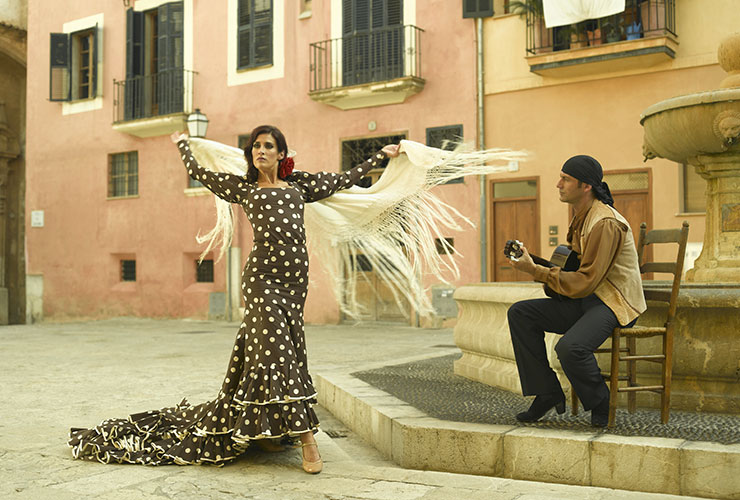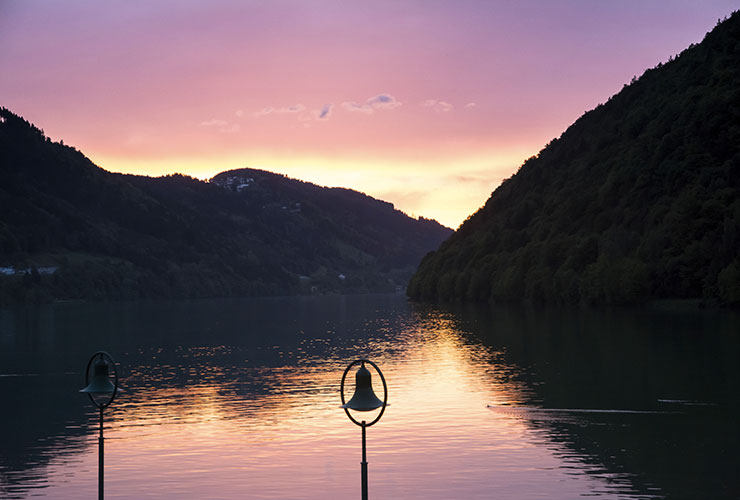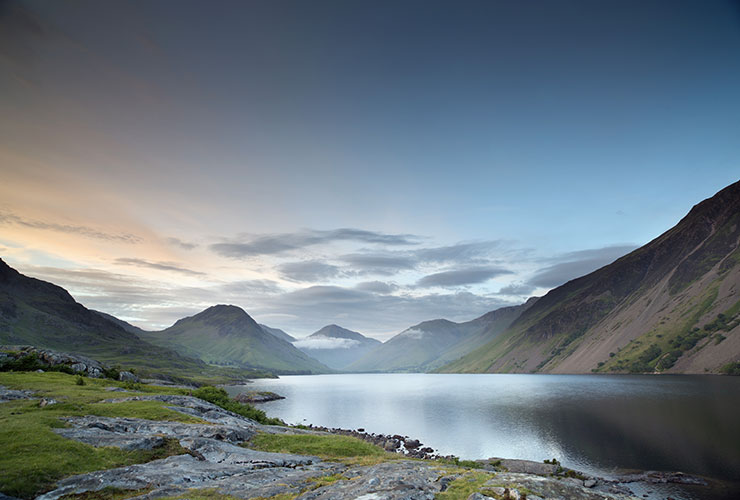Windmills Experience
The very first windmills date back to ancient times, but the Dutch were the first to use them on a large scale. In a flat country, where the wind is constant, windmills spread extensively as a main source of generating power. In the past, every property owner built his own mill for a specific function, whether that of grinding, sawing, pumping and reclaiming land. These windmills tell many things about popular culture, including how they were coded with signals that only locals would know. To announce a joyful event, blades were usually positioned so they would attain their highest reach, while the blades were used to send alert messages during the raids of World War II.
Once home to 10,000 mills, Holland still has more than a thousand old mills. During your vacation, you will see windmills everywhere in Holland. In Amsterdam there are a total of 8 mills. Here the most famous, the De Gooyer mill, was built in 1725 in order to mill flour in close proximity to the modern brewery of Brouwerij ‘t IJ, where you can enjoy one of the best beers of the city. The windmills of Zaanse Schans are located in an area north-east of Amsterdam, and in the 17th century there were over 700 windmills in this small region alone. Many of them are kept in excellent condition and can be visited even inside. Today the area is a real open-air museum that tells the story of how people lived in one of the first industrial zones of the world.
Your Holland photo album will not be complete without a picture of the windmills of Kinderdijk, near Rotterdam. The 19 mills found here were built in 1740 as part of a larger water management system that had the function of preventing flooding. The mills are lined up in two rows and together form a spectacular view. During July and August you can look at the mills in operation: every Saturday, in fact, if the wind conditions permit, they work as they did originally offering a timeless show. In winter, you can capture picturesque instants, such as families skating on the ice of the channels of Kinderdijk.
The Watermill at Opwetten, built in Neunen on the Dommel River in the province of North Brabant, is one of three mills that Van Gogh painted during his career. Van Gogh was fascinated by farm fields and the natural Dutch landscape, and his paintings often depict cornfields and rural buildings such as “The Old Mill” of 1888. You can reach the Opwetten mill by way of a long cycle path that starts just outside Eindhoven. The cycle path is part of a route that connects the symbolic places of Vincent van Gogh in his home region, the province of Brabant. Inspired by his “Starry Night”, the bike path was created by the Dutch designer Daan Roosegaarde and consists of hundreds of colored stones that light up at night thanks to solar energy.
Take a step back in time, in a world marked by the seasons and the intense blowing Mistral. Imagine carts and granaries. Imagine the sounds of nature being the only ones you hear. Now, stop imagining and enter this world in real life through the renovated ancient windmills that are ready to host you in the countryside or at the sea. The “Nostro Mulino” mill in Eindhoven is equipped with a luxurious couple’s bathtub and a four-poster bed.
Spending the night in an elegantly decorated suite at the “Molen Hunsingo” mill, in the Groningen area, is an unforgettable experience. The mill “De Phoenix” in Ellewoutsdijk has maintained its original exterior structure, but inside, spaces have been redesigned for guests with modern and comfortable furniture and amenities. From the top floor you can enjoy a 360 degree view of the fascinating landscape of the Zeeland region. The imposing and silent windmills will certainly captivate you, giving you unforgettable memories for a perfect romantic getaway.
Romantic Interlaken Experience
Few places in the world can boast such a blessed position as Interlaken. The city’s name comes from the Latin “inter lacus” which literally means “between the lakes”. This Swiss resort of the Bernese Oberland in fact takes its name from its charming location between Lake Thun and Lake Brienz. Surrounded by some of the highest peaks in Europe, Interlaken has been much loved by international tourism since the 19th century, when prestigious guests such as the writers Lord Byron and Goethe and the composer Felix Mendelssohn arrived here. The imposing mountains, such as Eiger, Mönch and Jungfrau, which stand out against the sky, and the 300 meters high Staubbach waterfall inspired that feeling of the sublime so dear to the Romantics and often portrayed in gorgeous paintings.
From Interlaken you can easily access the various Swiss ski resorts of the region. Facilities are often reachable by mountain trains, which provide a spectacular trip and an excellent alternative for those who prefer not to travel by car. The mountain railway is one of the best ways to enjoy nature in Switzerland, such as the cog railway that since 1893 has led the way from Widerswil to the Schynige Platte, a lovely place from which you have a 360 degree view of the lakes and the surrounding mountains. If your beloved and you are adventurous in spirit, you can also have fun with more extreme activities such as canyon jumping in the “Glacier Gorge”, rafting on the rivers Simme and Saane, canyoning in the gorges of Saxetet and Grimsel and trekking the glacier.
Even in summer Interlaken is the ideal place for scenic hiking. On the beautiful Schynige Platte there is an interesting alpine botanical garden. The Schiltorn climb is gorgeous and on the very top you can experience the panoramic restaurant Piz Gloria, which was immortalized in one of the James Bond movies. The restaurant rotates 360 degrees and offers an amazing view, as well as an excellent way to satisfy your palate, your sight and even your hearing: simply enjoying the silence of the mountain tops is spectacular.
Actually, Interlaken has always been associated with the Jungfrau Railway and William Tell. The highest train station in Europe is located at an altitude of 3454 meters at the Jungfraujoch. By taking an elevator you can reach the “Top of Europe”, where you will find the Sphinx observatory and its roof terrace from which you can enjoy a wonderful view of the Aletsch glacier. Characterized by a unique flora and fauna, the site was the first in the entire Alpine Region to be declared a Natural World Heritage Site by UNESCO.
William Tell was the hero who had to submit to the famous proof of hitting an apple placed on his son’s head. His deeds in fact gave the final push for the country’s independence, by freeing Switzerland from the imperial power of the Habsburgs in 1308. Every year Interlaken becomes the beautiful natural stage of the representation of this well-known drama written by Schiller. The actors wear historical ear costumes and spectators are often welcomed to visit backstage at the end of the production.
We heartily suggest planning your honeymoon in one of Interlaken’s center city great historic hotels that date back to the 19th century, or in a typical romantic cottage of the Bernese Oberland region. After a full day dedicated to nature and hiking, you can relax with your sweetie taking in a cultural event or enjoying a massage prepared with alpine herbal packs followed by a romantic dinner with the peaceful surrounding mountains in the background.
 Hire Expertise
Hire Expertise Bespoke Itineraries
Bespoke Itineraries Travel Carefree
Travel Carefree